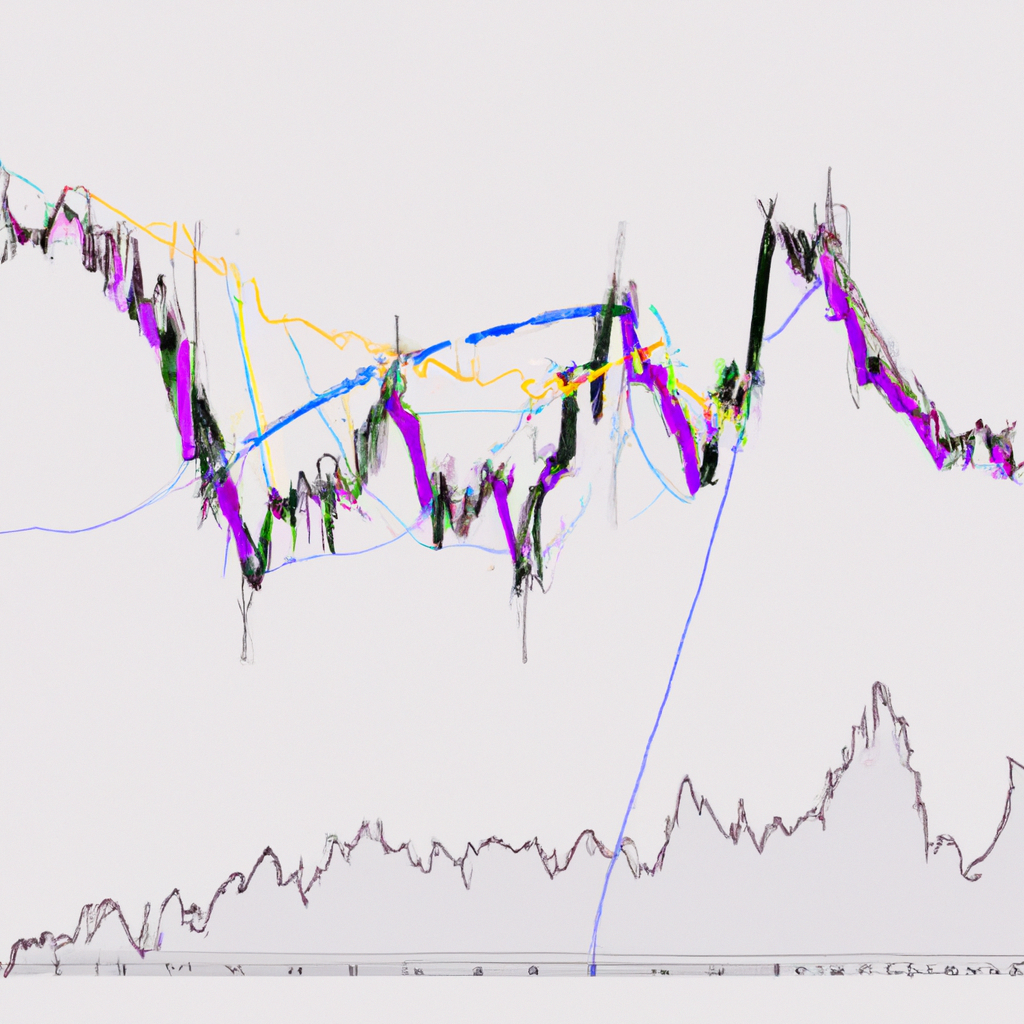Fibonacci Extensions in Trading
In the world of technical analysis, traders use various tools and indicators to identify potential price levels and predict future market movements. One such tool is Fibonacci extensions, which is based on the mathematical sequence discovered by Leonardo Fibonacci in the 13th century. Fibonacci extensions are widely used by traders to determine potential profit targets and support/resistance levels in financial markets. In this article, we will explore the concept of Fibonacci extensions and how they can be applied in trading.
Understanding Fibonacci Extensions
Fibonacci extensions are a series of horizontal lines that are drawn on a price chart to indicate potential levels where the price may reverse or continue its trend. These levels are derived from the Fibonacci sequence, which is a mathematical pattern where each number is the sum of the two preceding ones.
The most commonly used Fibonacci extension levels are 0.618, 1.000, 1.272, 1.618, and 2.618. These levels are calculated by multiplying the length of the initial price movement (usually a swing high to swing low or vice versa) by the Fibonacci ratios.
Applying Fibonacci Extensions in Trading
Here are the steps to apply Fibonacci extensions in your trading strategy:
- Identify a significant price swing: Look for a strong and noticeable price movement in the chart. This can be a swing high or a swing low, depending on whether you are trading in an uptrend or a downtrend.
- Draw Fibonacci retracement levels: Draw the Fibonacci retracement levels from the starting point of the price swing to the ending point. These levels, which are 0.382, 0.500, and 0.618, will act as potential support or resistance levels.
- Identify potential Fibonacci extension levels: Using the Fibonacci extension tool, locate the potential extension levels on the chart. These levels are 0.618, 1.000, 1.272, 1.618, and 2.618. These levels represent potential profit targets or areas where the price may reverse.
- Confirm with other indicators: It is always recommended to confirm the Fibonacci extension levels with other technical indicators or price patterns. This will increase the probability of a successful trade.
- Place trades or set profit targets: Based on the Fibonacci extension levels, you can either enter a trade or set profit targets. For example, if the price reaches the 1.618 extension level and shows signs of reversal, you may consider taking profits or closing your position.
Benefits of Fibonacci Extensions
Using Fibonacci extensions in trading offers several benefits:
- Objective price levels: Fibonacci extensions provide objective price levels based on mathematical calculations, reducing the subjectivity in trading decisions.
- Widely recognized: Fibonacci extensions are widely recognized and used by traders worldwide, making them more reliable.
- Works in various markets: Fibonacci extensions can be applied to any financial market, including stocks, forex, commodities, and cryptocurrencies.
- Combines well with other indicators: Fibonacci extensions can be used in conjunction with other technical indicators or price patterns to increase the accuracy of trading signals.
Conclusion
Fibonacci extensions are a valuable tool in a trader’s arsenal, providing potential profit targets and support/resistance levels based on mathematical calculations. By incorporating Fibonacci extensions into your trading strategy, you can enhance your ability to identify key levels and make informed trading decisions. However, like any technical analysis tool, Fibonacci extensions should not be used in isolation and should be combined with other indicators for better accuracy. With practice and experience, Fibonacci extensions can become a powerful tool in your trading toolbox.
